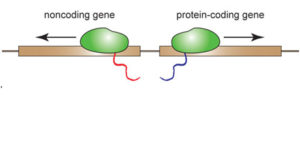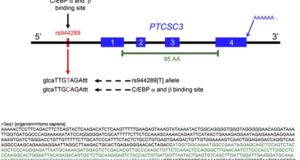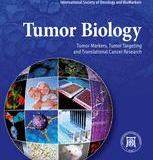GraphClust – alignment-free structural clustering of local RNA secondary structures
Clustering according to sequence-structure similarity has now become a generally accepted scheme for ncRNA annotation. Its application to complete genomic sequences as well as whole transcriptomes is therefore desirable but hindered by extremely high computational costs. Now, researchers at University of Freiburg, Germany have developed a novel linear-time, alignment-free method for comparing and clustering RNAs according to sequence and structure. ...
Read More » lncRNA Blog lncRNA Research and Industry News
lncRNA Blog lncRNA Research and Industry News




